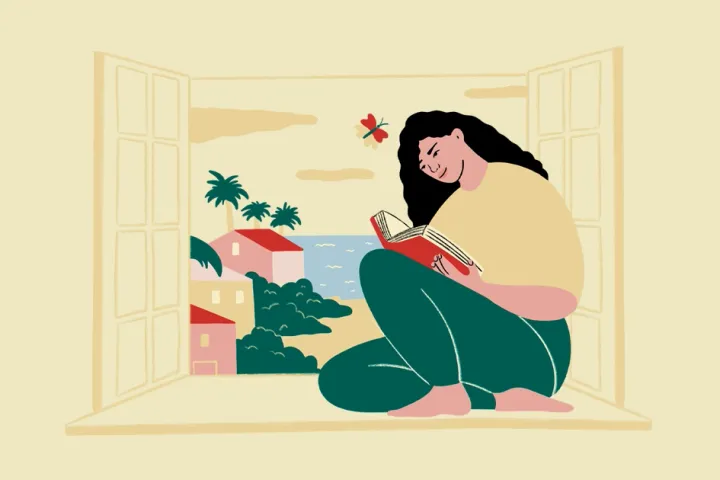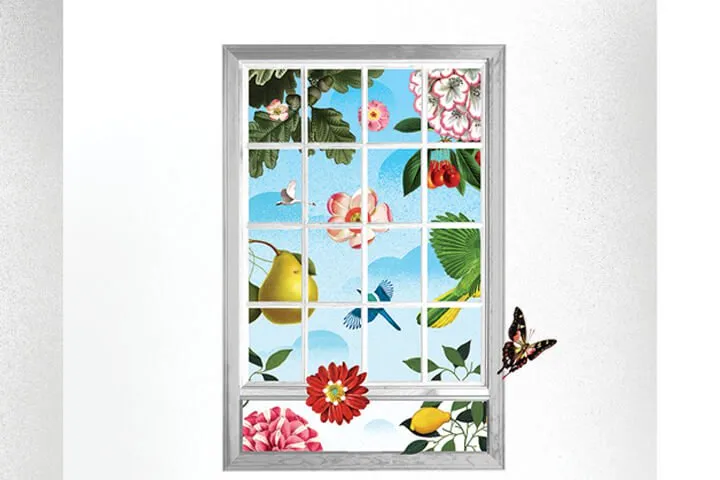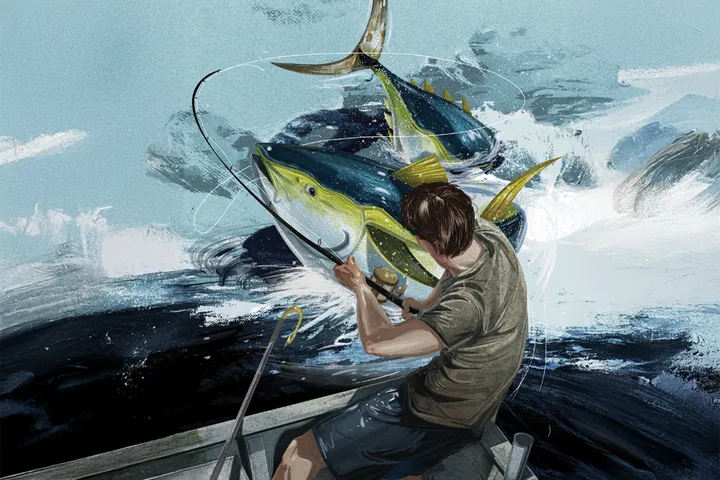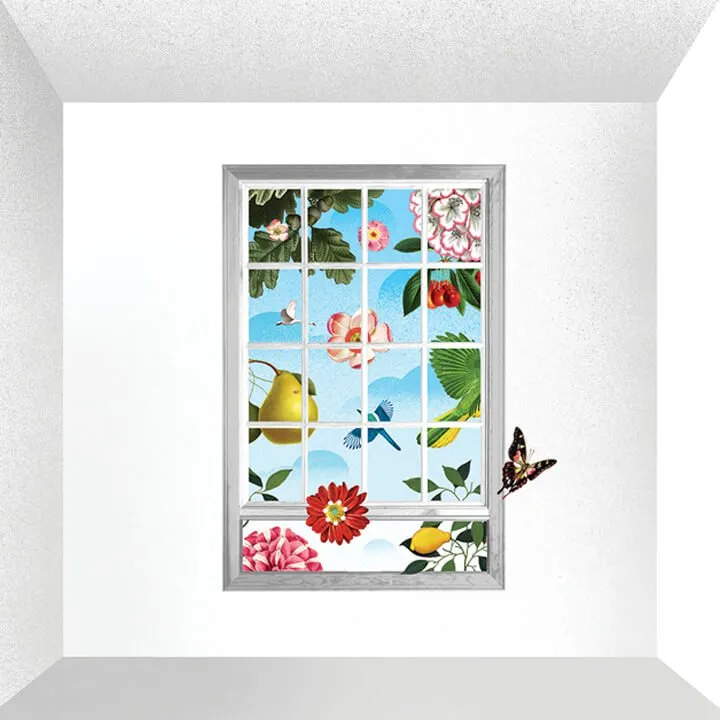El Greco, The Agony in the Garden of Gethsemane, 1590

And he withdrew from them about a stone's throw, and knelt down and prayed, saying, “Father, if you are willing, remove this cup from me. Nevertheless, not my will, but yours, be done.” And there appeared to him an angel from heaven, strengthening him. And being in agony he prayed more earnestly; and his sweat became like great drops of blood falling down to the ground.
– Luke 22:41-44 (ESV)
Jesus said no one would take His life from Him. Rather, He would lay it down and then take it up again (John 10:18). We see this statement hold true in the Garden of Gethsemane.
On the night the Lord would be betrayed, He went to Gethsemane for two reasons: to pray and to wait. Jesus knew what was about to happen. He knew this was the night He would be arrested. He chose this place to wait because it was the place where the disciples customarily gathered (Luke 22:39). In other words, it was the place where Judas would know to look for Him.
El Greco’s The Agony in the Garden of Gethsemane gathers up the key vignettes from this part of Christ’s passion—the final moments before His arrest—and presents them in a single frame. This is one of the key functions of composition: to lead the viewer through a series of visual stops as the eye travels the canvas. Notice the path your gaze follows as you look at this painting.
First, you see Jesus, whose eyes are on an angel. The angel bears in his hand the cup Christ prayed could pass from Him, if possible (Matthew 26:39). It is the cup of suffering. Below the angel, the Lord’s closest friends—Peter, James, and John have surrendered their struggle to stay awake. Though Jesus has asked them to keep watch, they cannot. Then we see Judas in the distance, leading a band of men who have been sent to arrest Jesus.
No one took the Lord’s life from Him. What was happening there in Gethsemane was between Him and the Father more than it was between Him and His accusers. Jesus went to Gethsemane to set in motion the agony and arrest that would lead to our ultimate healing and freedom. He was there, awaiting arrest, to set us free.
Continue reading Visions of Christ here.





